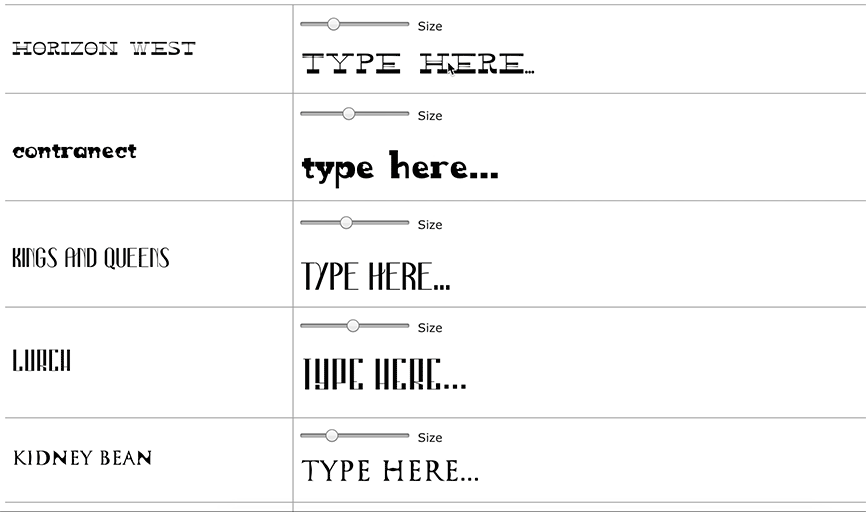
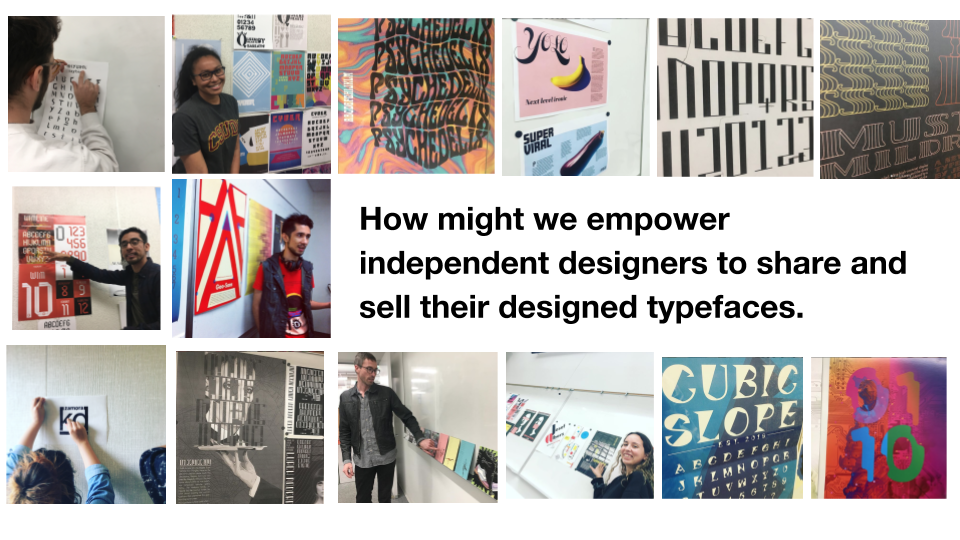
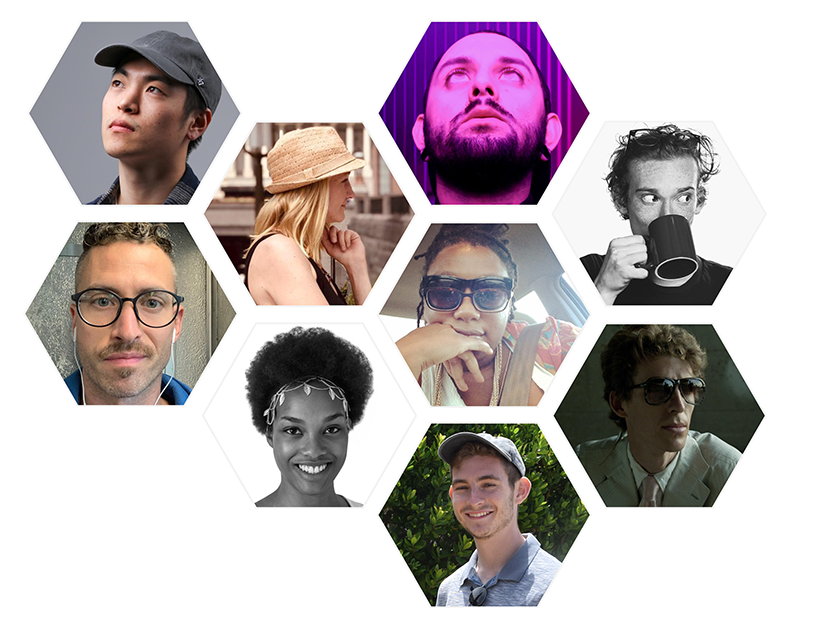
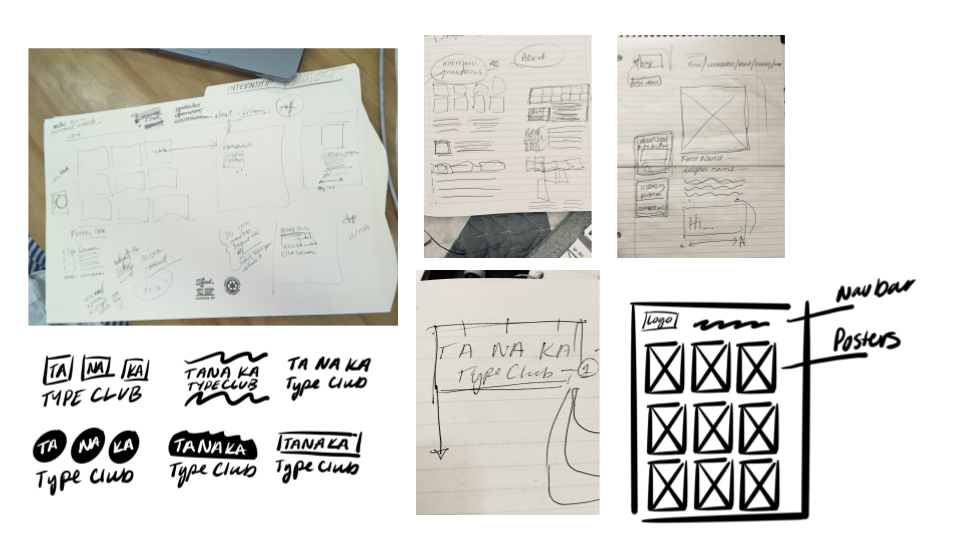

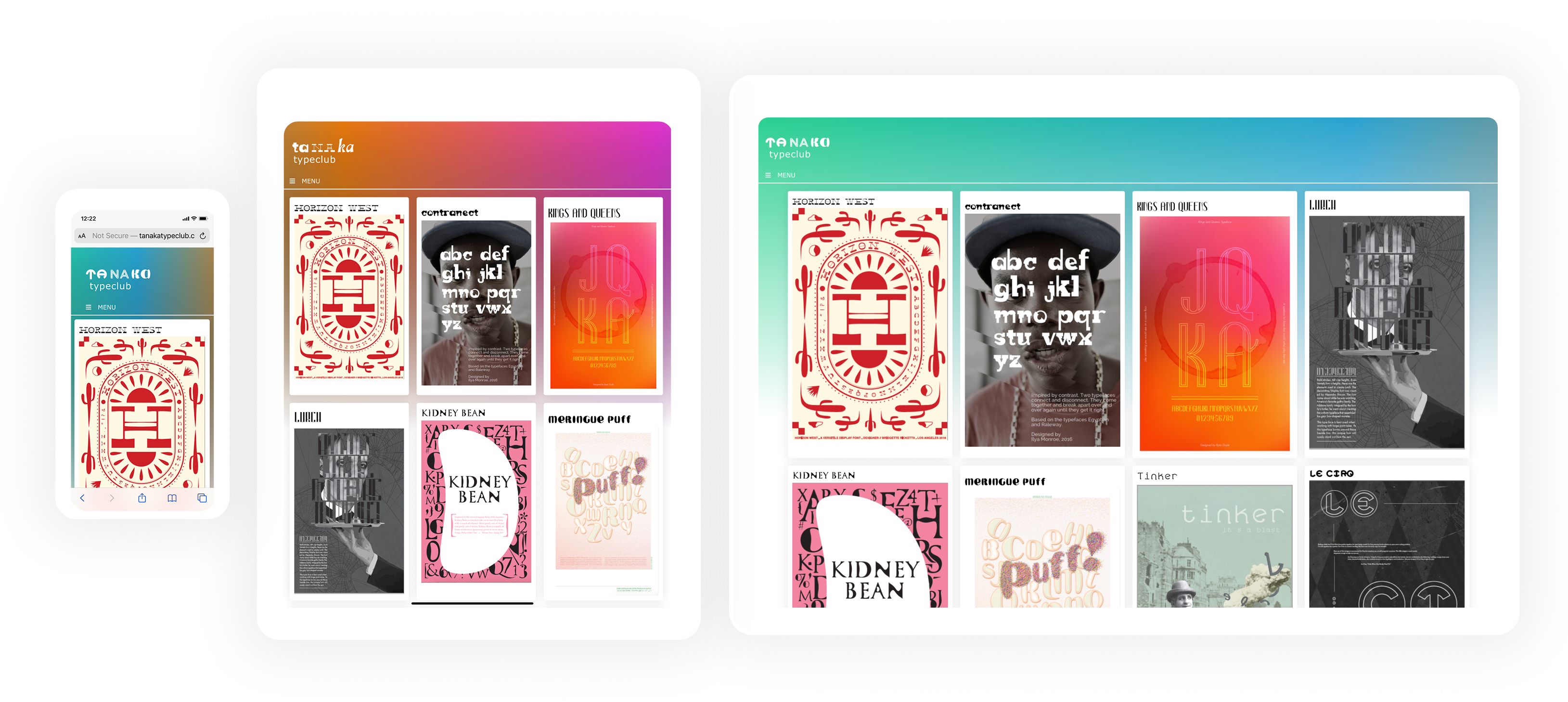
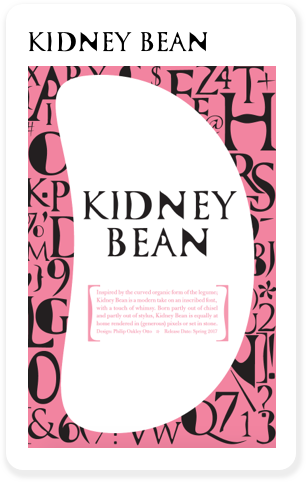
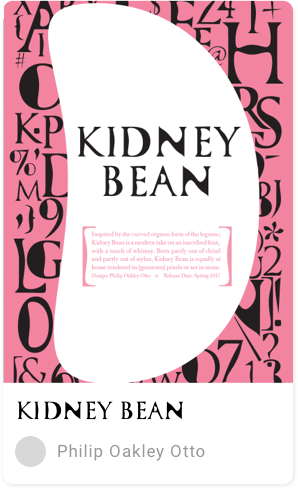


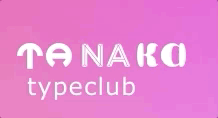
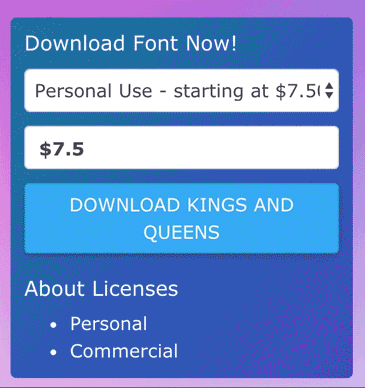

Designer Licenses
It was very important that the designers' work was protected. These licenses were created by myself and Bonita, by researching legal documentation. We created:
I created both the commercial and personal licenses for each designer’s typeface. My hope for the future is to automate the PDF generation of the licenses.
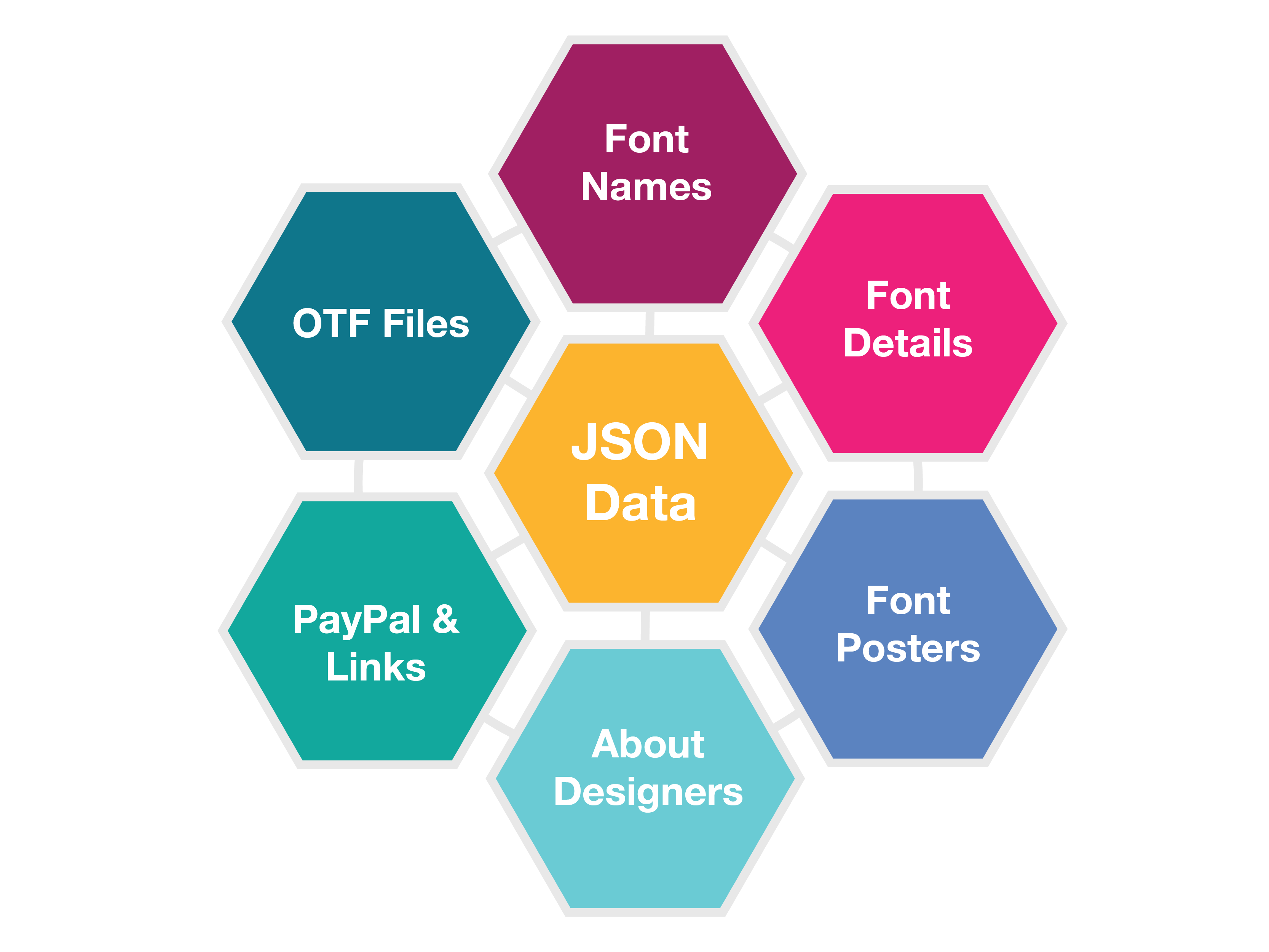
Data-driven Needs
We had a very limited budget, and because of this constraint, I had to recruit a software engineer to donate time to help build the site.
During the early technical meetings with our engineer, it became clear from the type of content we wanted to display, that the site needed to be data-driven rather than static content.
This was because much of the site content was similar types of things (fonts, people, font download forms, etc) but with different details.
By making the site data-driven, the code could be minimal and reusable, and the site could be easily edited and updated in the future by only touching a data file rather than the more complicated parts of code.
I was responsible for collecting, organizing, and optimizing the site content. I collaborated through GitHub, and managed the JSON data files that underly the site's content.
Because Bonita did not want to act as a centralized collector and distributor of payments, we needed to figure out a way to enable direct payments to designers from the purchasers of the typefaces. I researched decentralized payment options and was able to design an experience via PayPal that worked within these constraints.
This solution also keeps Tanaka Type Club easier to maintain because it does not need to have any e-commerce infrastructure.
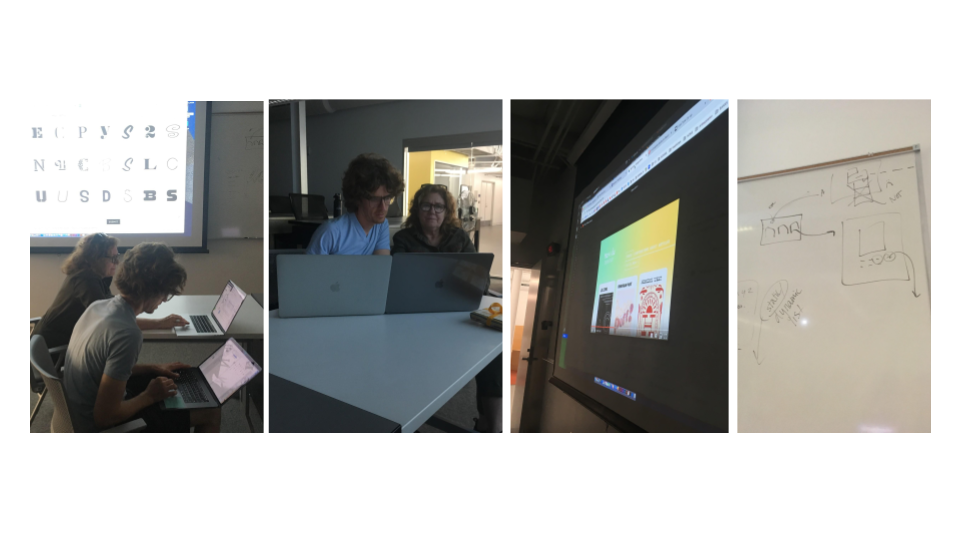
Getting feedback
Our first round of testing was a user test with a typography designer and an industry professional.
Navigation Takeaways
Initial feedback was to change the top navigation from displaying across the top of the page, and instead have a side navigation with a dropdown menu.
Content Takeaways
A pain point we discovered was that designers dislike having to retype their test content when discovering fonts on online distribution sites.
Visual Takeaways
